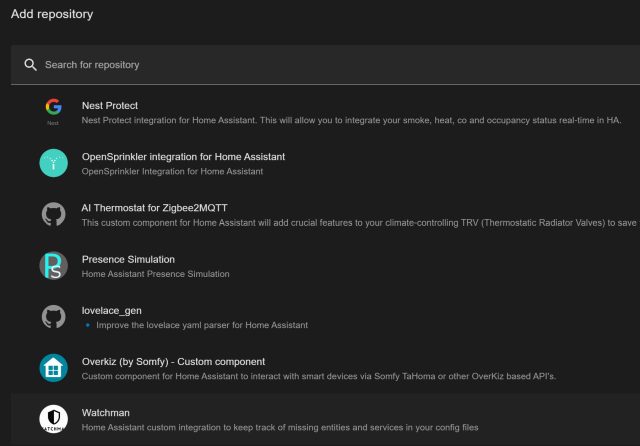How to make HomeKit see more of your gadgets with Home Assistant

Jaap Arriens/NurPhoto via Getty Images)
I’ve been buying and tinkering with smart home devices for years. As a result, my home network resembles a kind of Model UN of devices, bridges, protocols, assistants and apps. I try to broker alliances, settle disputes, and reassure everyone, including myself, that this whole complicated thing is still worth it.
My salvation was a small server that gives you . Every device in my home is connected to Home Assistant running on a Tiny under my printer. I have a custom dashboard with all my switches, sensors, speakers, and lights. I have complete control, a custom dashboard, and infinite automations.
But sometimes I just want to change the thermostat from my iPhone’s lock screen, or tell Siri on my phone or watch to turn on a lamp. Yes, Home Assistant has its own app and mobile-friendly website. But I also want to save my partner from having to learn how an entirely different, somewhat fiddly app works to access lights and switches.
Conveniently, Home Assistant isn’t an all-or-nothing proposition. Sure, you can use it to carve out the big tech companies from your smart home and design your own dashboard. But you can also use it as a gateway between a motley collection of non-HomeKit-friendly devices and Apple’s Home system. Or you can switch between the two for more control or easier access.
Let’s explore how Home Assistant can help HomeKit find every device in your home for free, even the devices it doesn’t officially support. It can also connect Google and Amazon’s apps and assistants to the rare devices that don’t support them, although that costs $5 a month (but also supports Home Assistant development).
One more note before you dig deeper: If you only use Apple devices to control your smart home devices, you’re just concerned about HomeKit compatibility, and you have a spare Raspberry Pi, HomeBridge is another solution. The scope is more limited than Home Assistant, but that might be a plus for some people.
Bring order to your home

First, you should set up Home Assistant and connect it to your devices. It is beyond our ability to guide you through this process, but there are many resources you can consult. Start with to get the system running on a Pi, a NUC, a NAS, an always-on system, a Docker container or in a virtual machine. Basically, Home Assistant can live on any small computer that can always be on.
Once Home Assistant is up and running, add as many devices and services in your home (referred to as “Integrations” in Home Assistant) as you like that you can access through your phones or speakers. If you hit a wall, the Home Assistant will help , and are good places to look for troubleshooting tips. I’ve found some tips on this to.
If you’ve searched Home Assistant and can’t find an integration for one of your devices, consider installing an unofficial, community maintained compendium of integrations and other add-ons. Search (in the top right corner of the HACS page) to see if your device or brand is featured.

Some HACS integrations may require more configuration work. I had to set one up on a friend’s Home Assistant setup to access their ring path lights. For some devices (usually the cheaper variant of other brands), you can sign up for an API key at a little-known company’s developer portal. You can decide if it’s worth the extra steps to pull down these gadgets instantly on your phone.
If you already have Home Assistant running and connected to everything and want to add a HomeKit bridge, you have a special task: Get Remove as many old, redundant, or unresponsive devices as possible. Go to Settings, Devices and Services, then the Entities tab and sort by status to see what’s disconnected or not responding. When you connect Home Assistant to HomeKit, Google or Alexa, the server broadcasts entire categories of devices, whether they are duplicates or not. With HomeKit in particular, getting rid of dead or duplicate entries is annoying, and the Home app will bug you with configuring devices until you do.